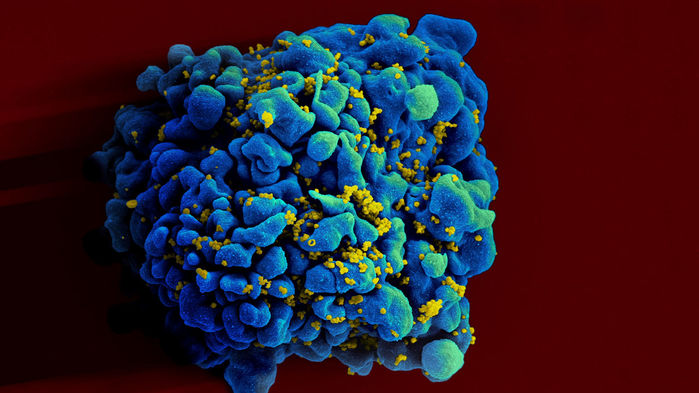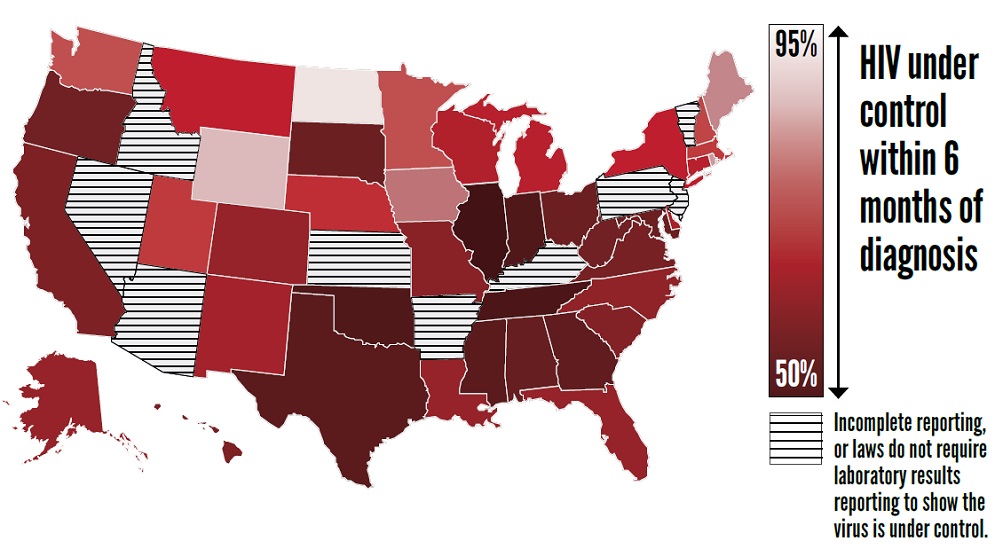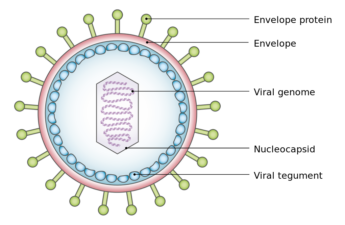
From the U.S. Centers for Disease Control and Prevention
About 38,000 new HIV infections still occur each year. The US Government recently proposed Ending the HIV Epidemic: A Plan for America to reduce HIV transmission.
The goal is to reduce new HIV infections by 90% by 2030. To end transmissions, people should first get tested for HIV so everyone knows whether or not they have it.
People with HIV should take HIV medicine every day to control the virus, stay healthy, and have effectively no risk of sexual transmission.
HIV that is under control or undetectable has less than 200 copies of HIV per milliliter of blood.
People without HIV, but at high risk for it, can take a medicine called PrEP to prevent them from getting HIV from sex when taken as prescribed.
Pre-exposure Prophylaxis, or PrEP, is an oral pill for people at very high risk for getting HIV. When used as prescribed, PrEP can prevent HIV.
The challenges
- About 154,000 people (14%) who have HIV don’t know it and need testing.
- About 37% of people who know they have HIV don’t have it under control* and need treatment.
- About 4 in 5 (82%) people who could benefit from medicine to prevent HIV (PrEP)† aren’t getting it.
Key actions to help end the HIV epidemic

Currently, however, too few few people have their HIV under control through effective treatment within 6 months of diagnosis.

Progress has Stalled:
- In 2017, too few people with HIV, especially those ages 13-24 years, got the HIV medical care or medicine they need every day to control the virus.
- Many infections (about 4 of 10) came from people who didn’t know they had HIV in 2016.
- Another 6 in 10 infections in 2016 came from people who knew they had HIV, but were not getting HIV medical care or taking medicine consistently to control the virus.
- PrEP wasn’t prescribed to enough of the 1.2 million people who could benefit from it in 2018, especially young people and racial/ethnic minorities. PrEP coverage for whites is 4 to 7 times as high as for Latinos and blacks.
Things we can do going forward
Healthcare Providers Can:
- Test all patients for HIV at least once in their lives.
- Test people at high risk for HIV at least once a year. Gay and bisexual men may benefit from more frequent testing (every 3 to 6 months).
- Initiate HIV treatment as soon as possible after diagnosis.
- Prescribe PrEP to all patients who could benefit from it. Learn more at https://bit.ly/PrEPrx.
Health Departments Can:
- Expand HIV testing including use of self-test kits.
- Find people who fall out of HIV care, and help them get back in care.
- Raise awareness about PrEP and train health care providers in how and when to prescribe it.
Everyone Can:
- Get tested for HIV. Find where you can get tested at http://bit.ly/HIVtestnearby.
- Talk with your healthcare provider about HIV prevention including PrEP.
- Stay healthy by taking your medicine as prescribed if you have HIV or are on PrEP.


